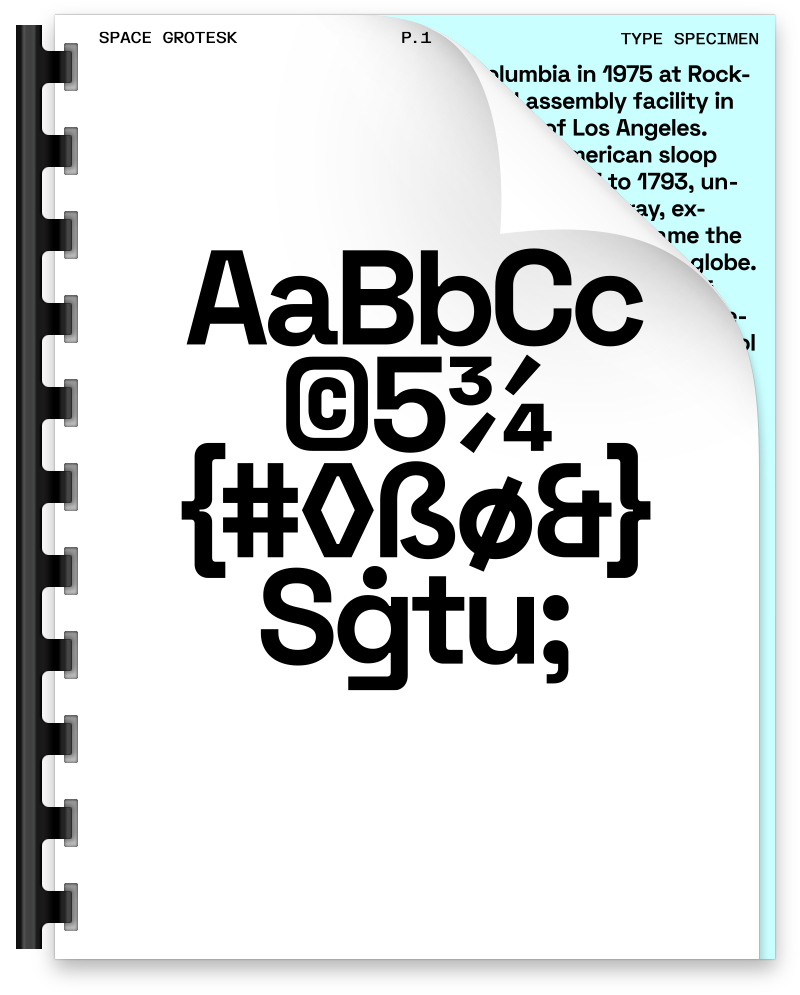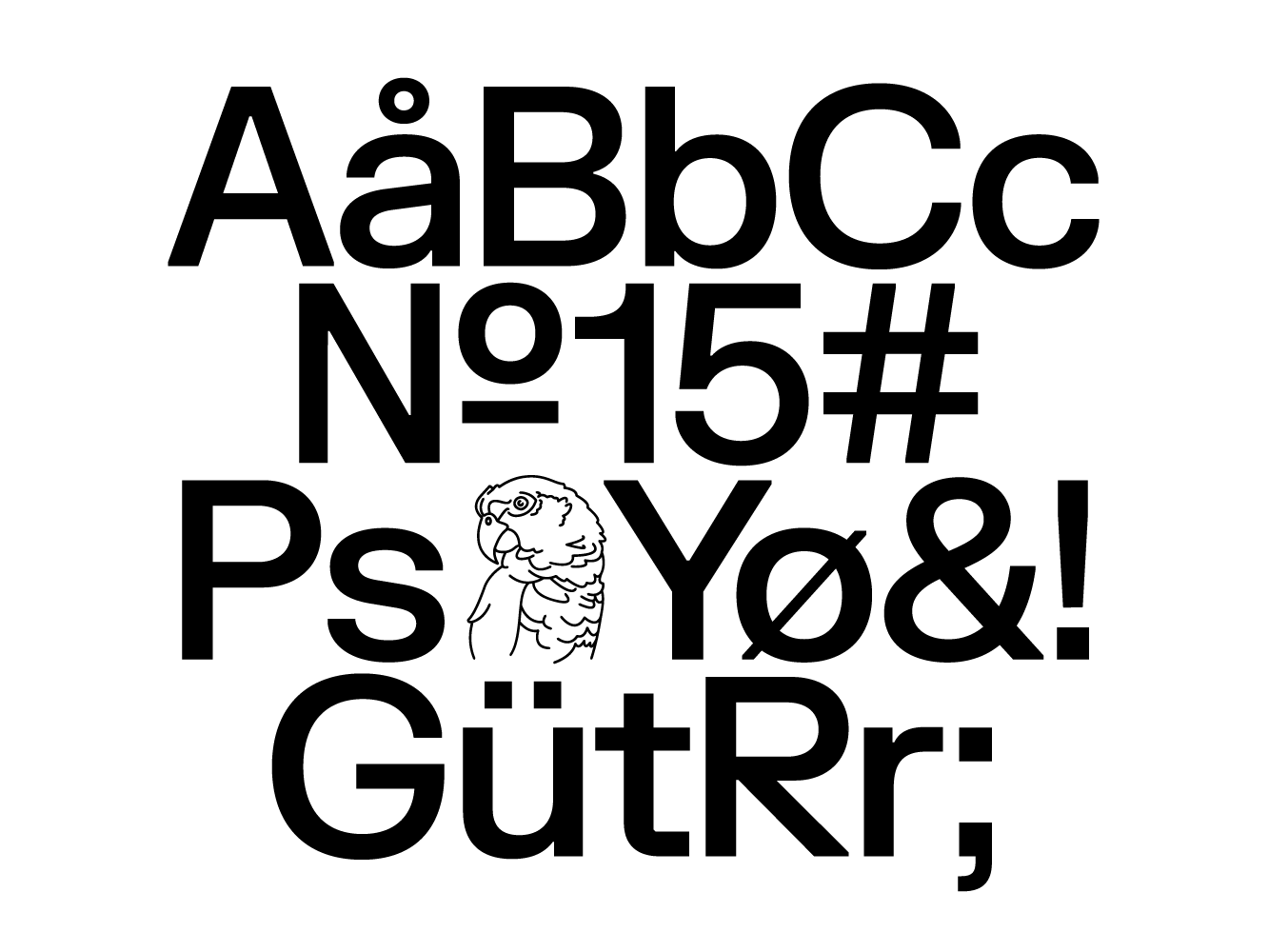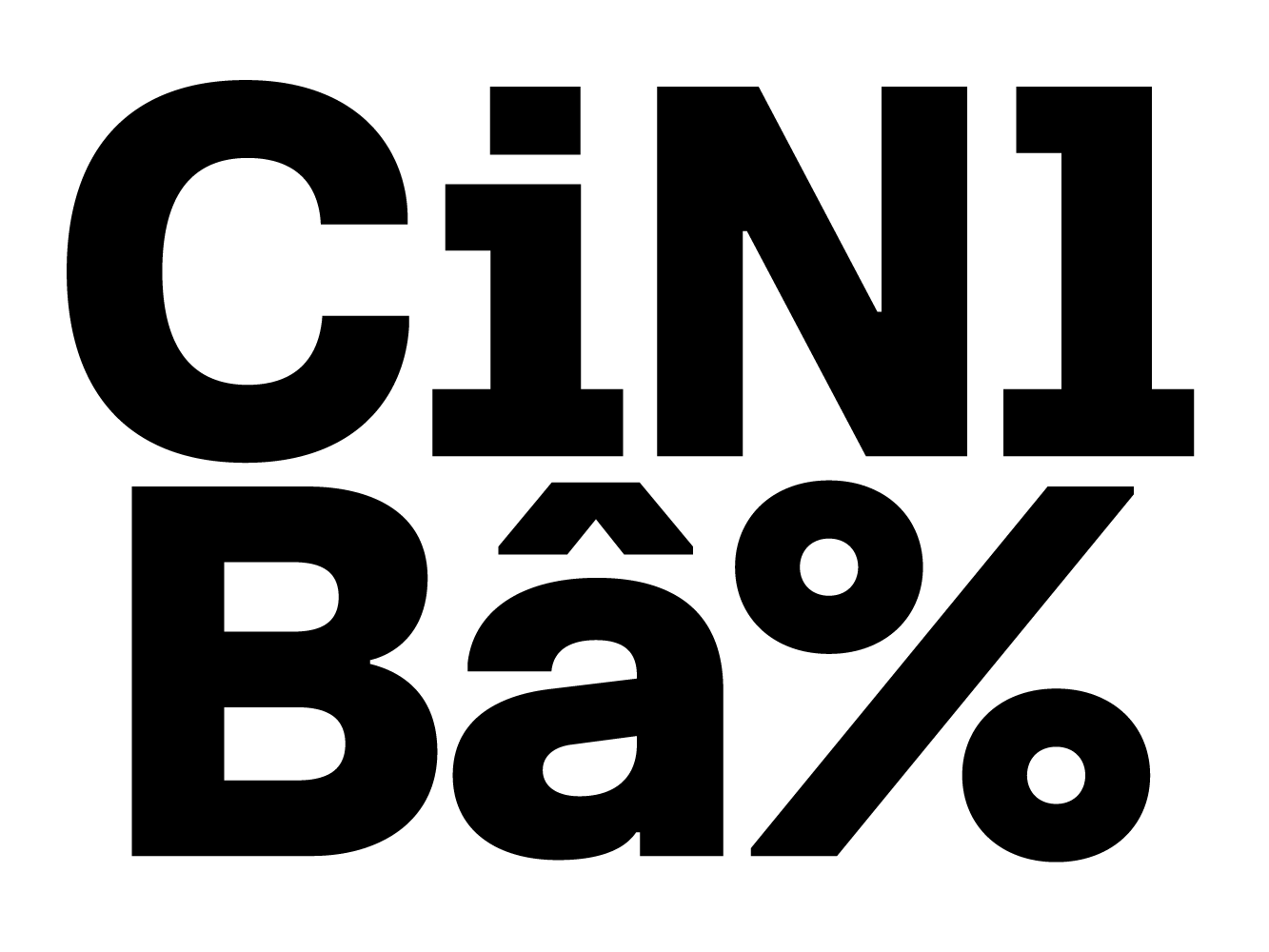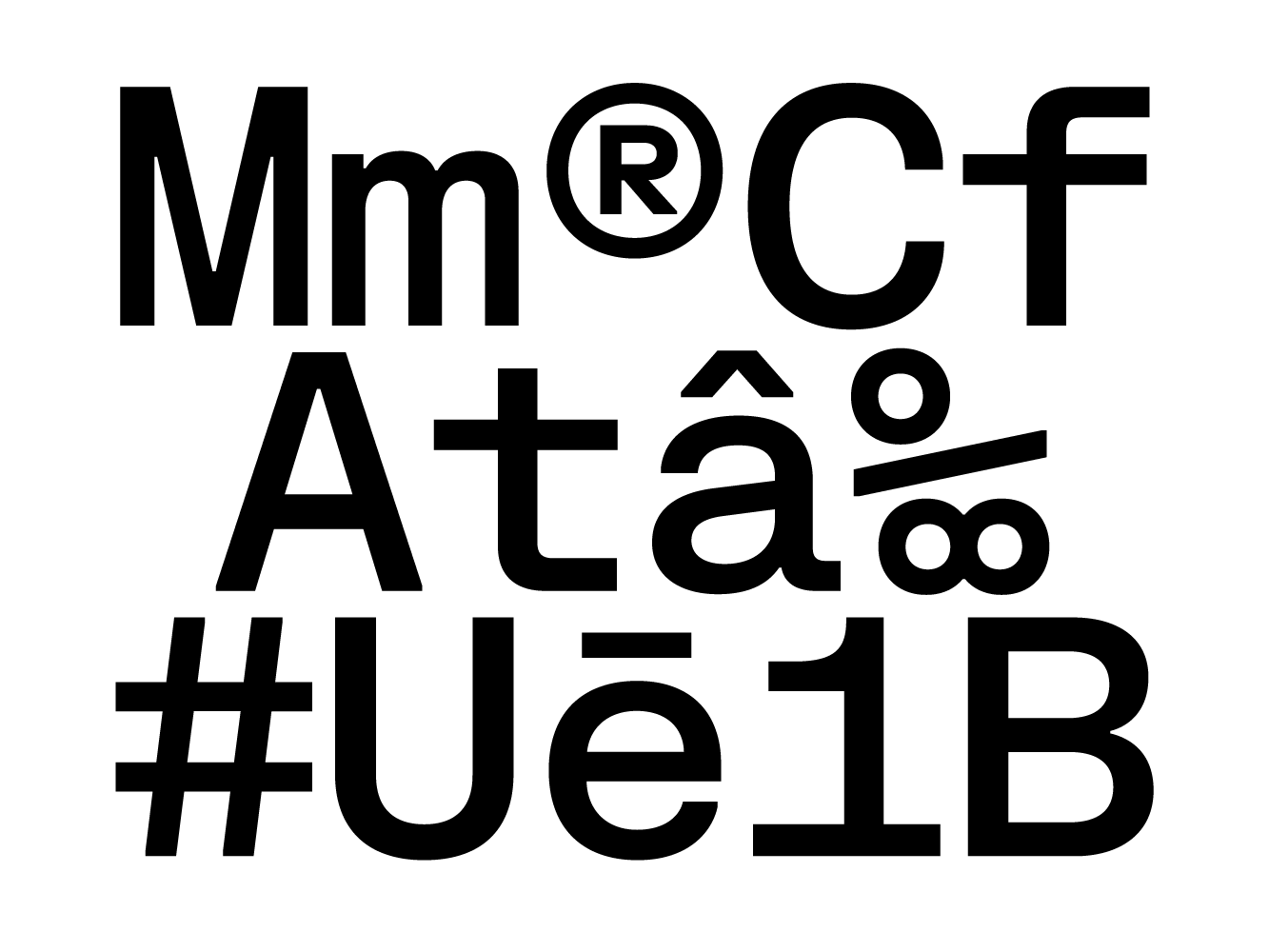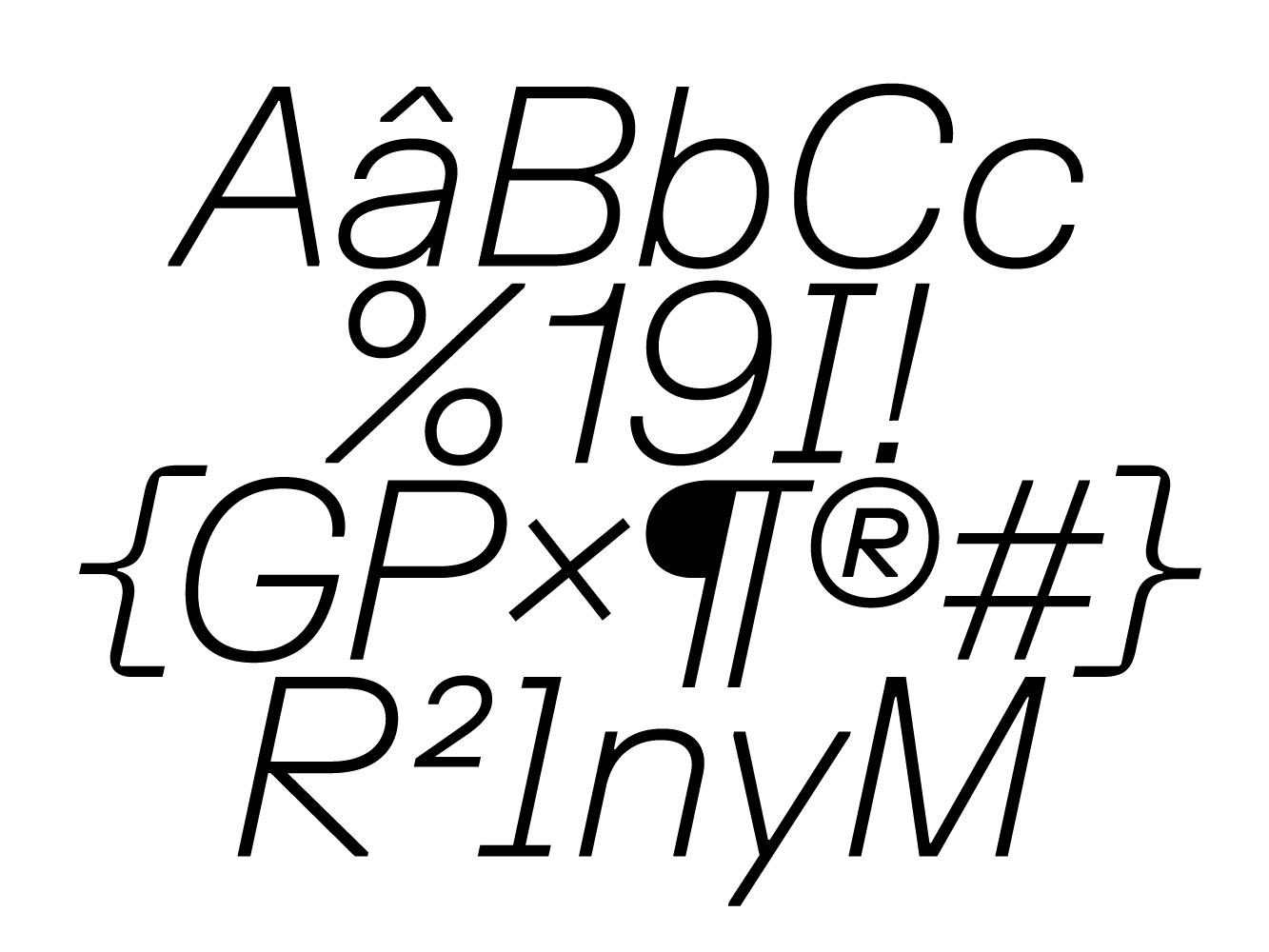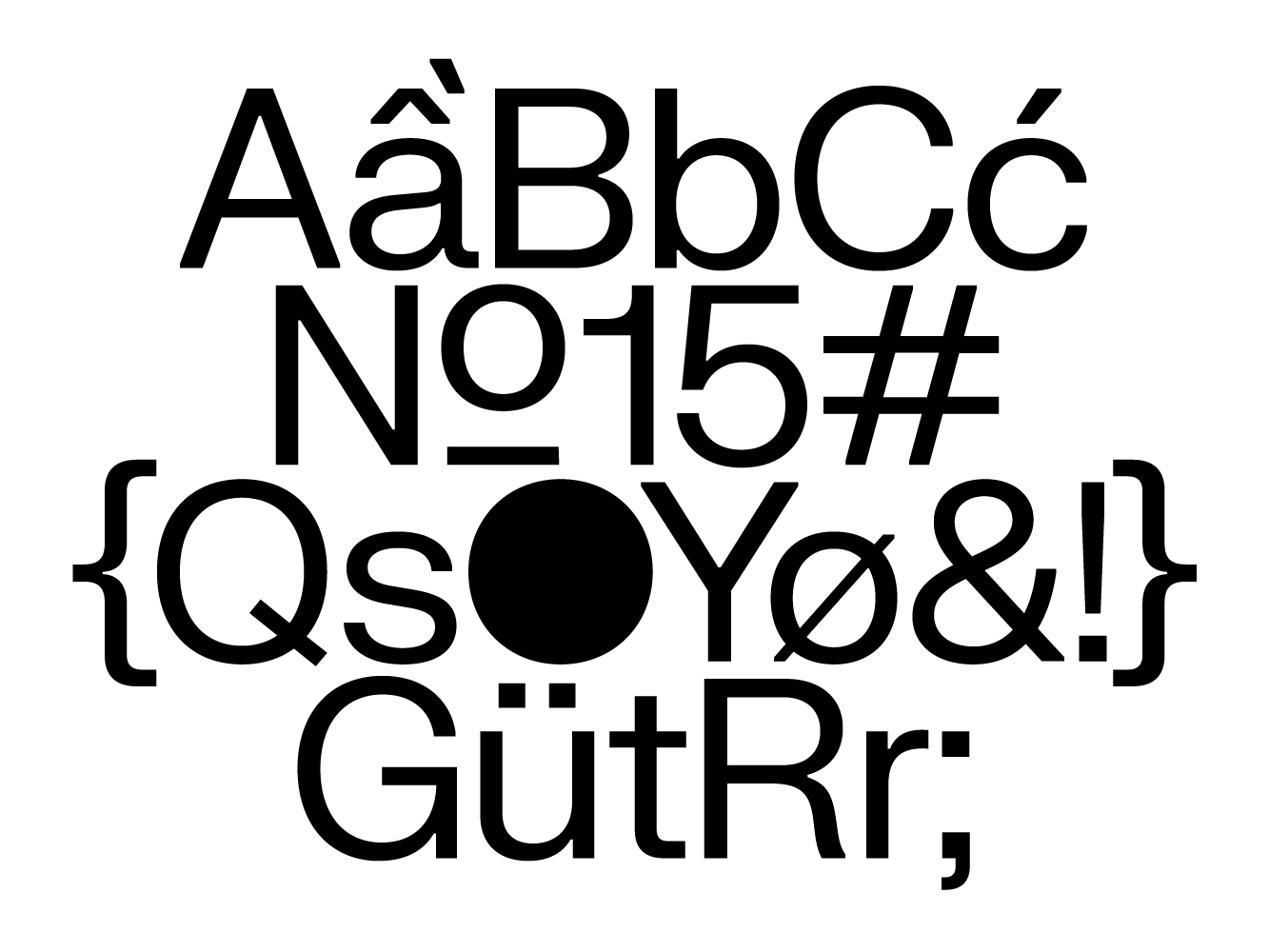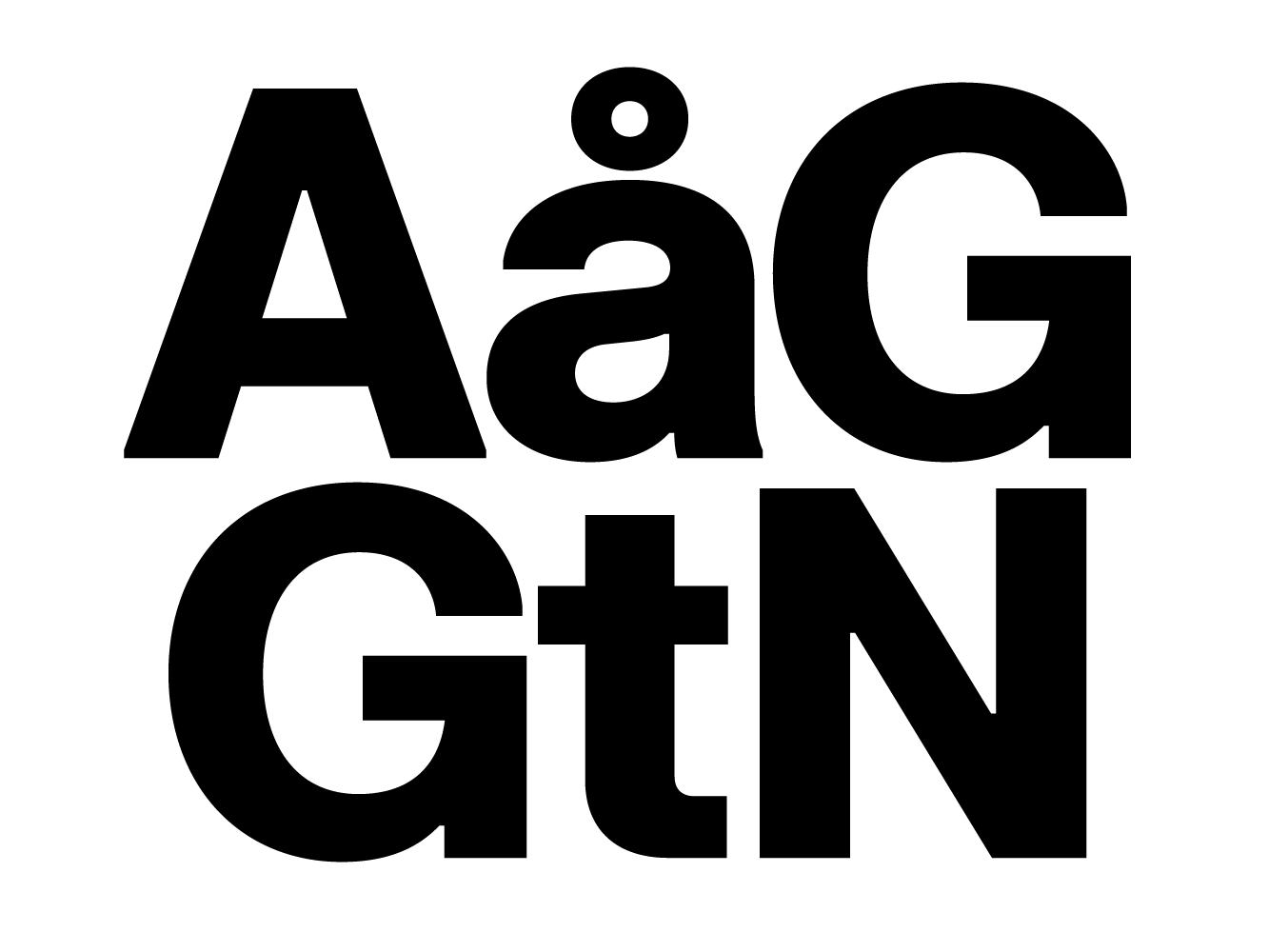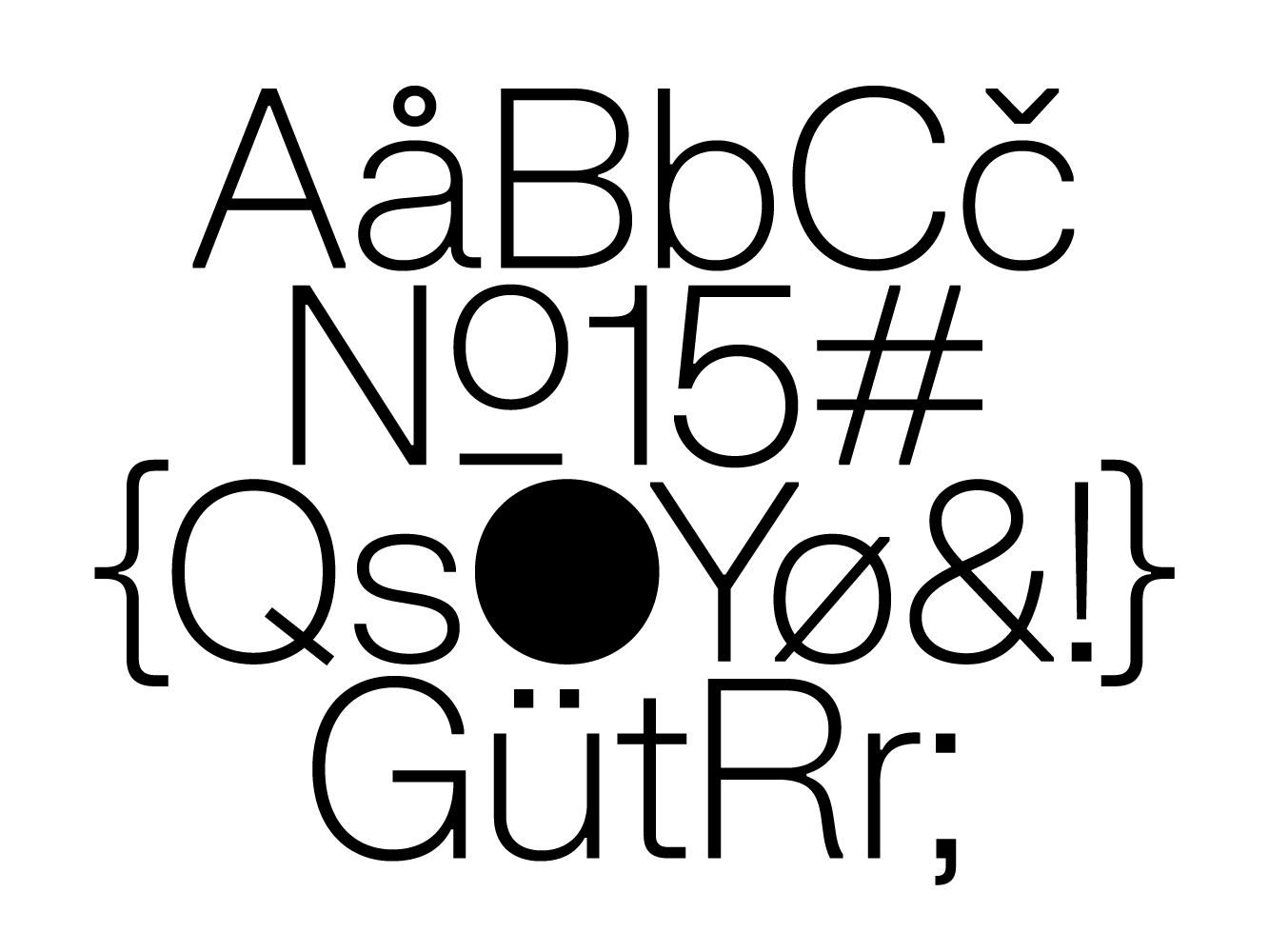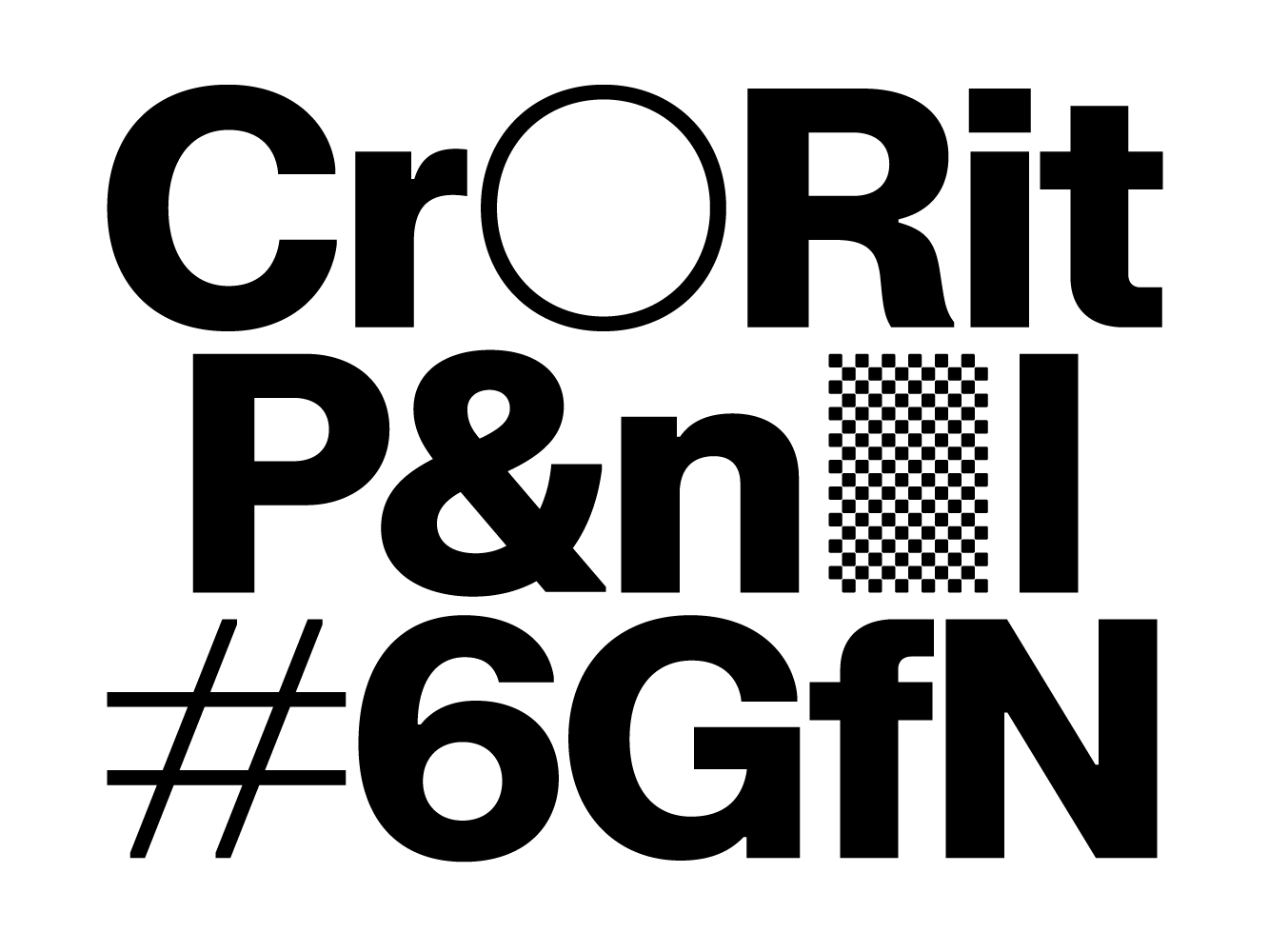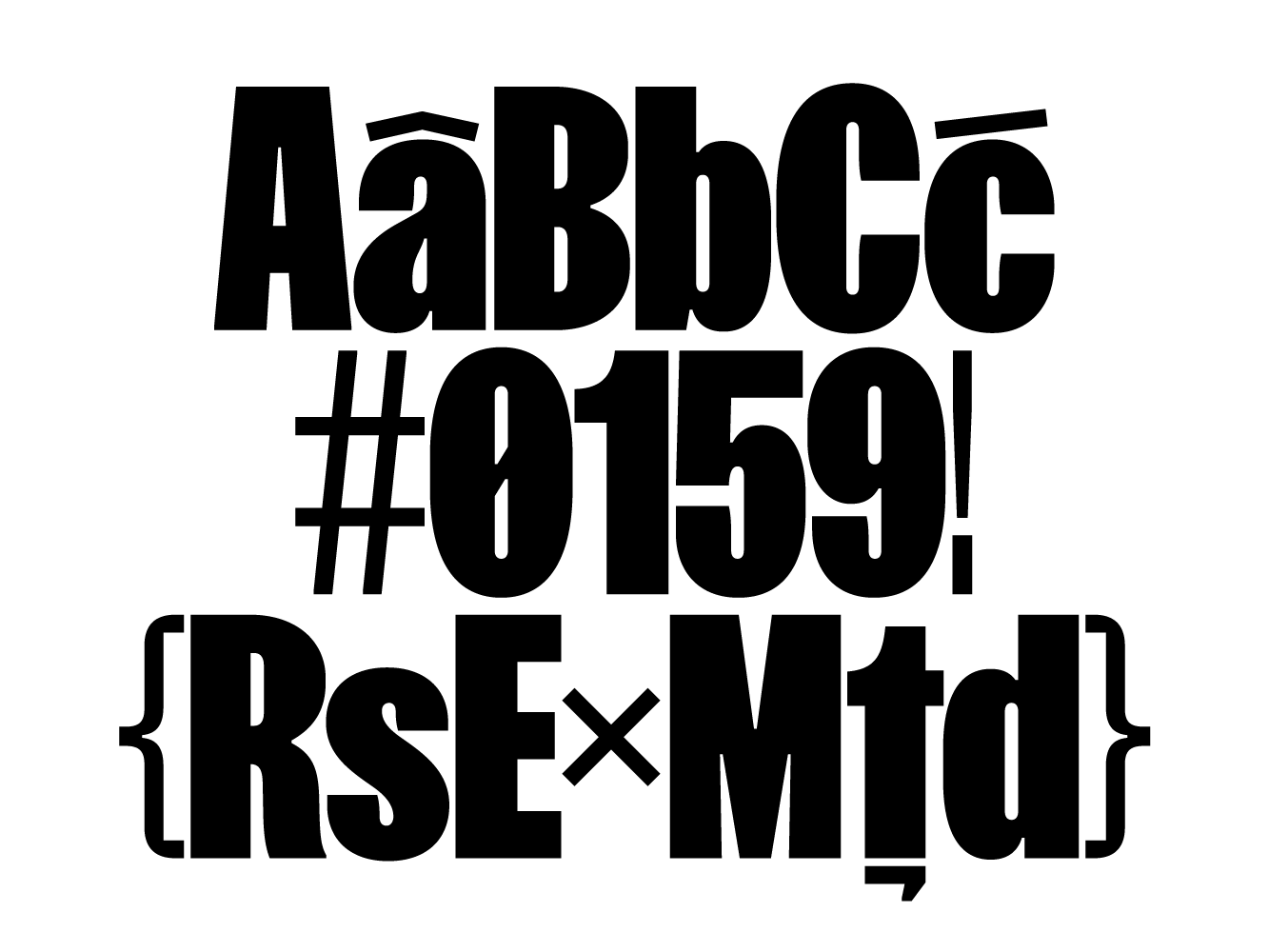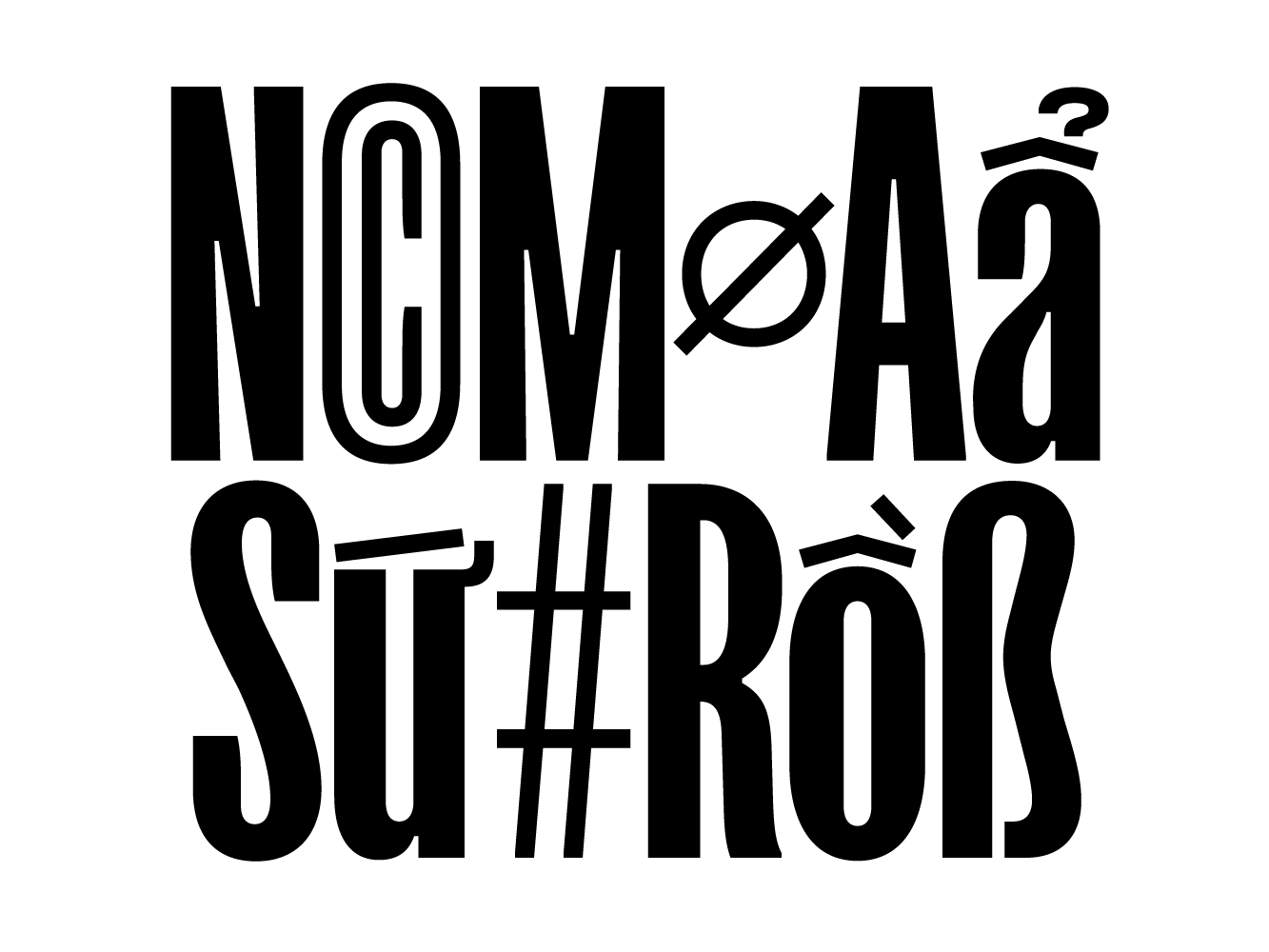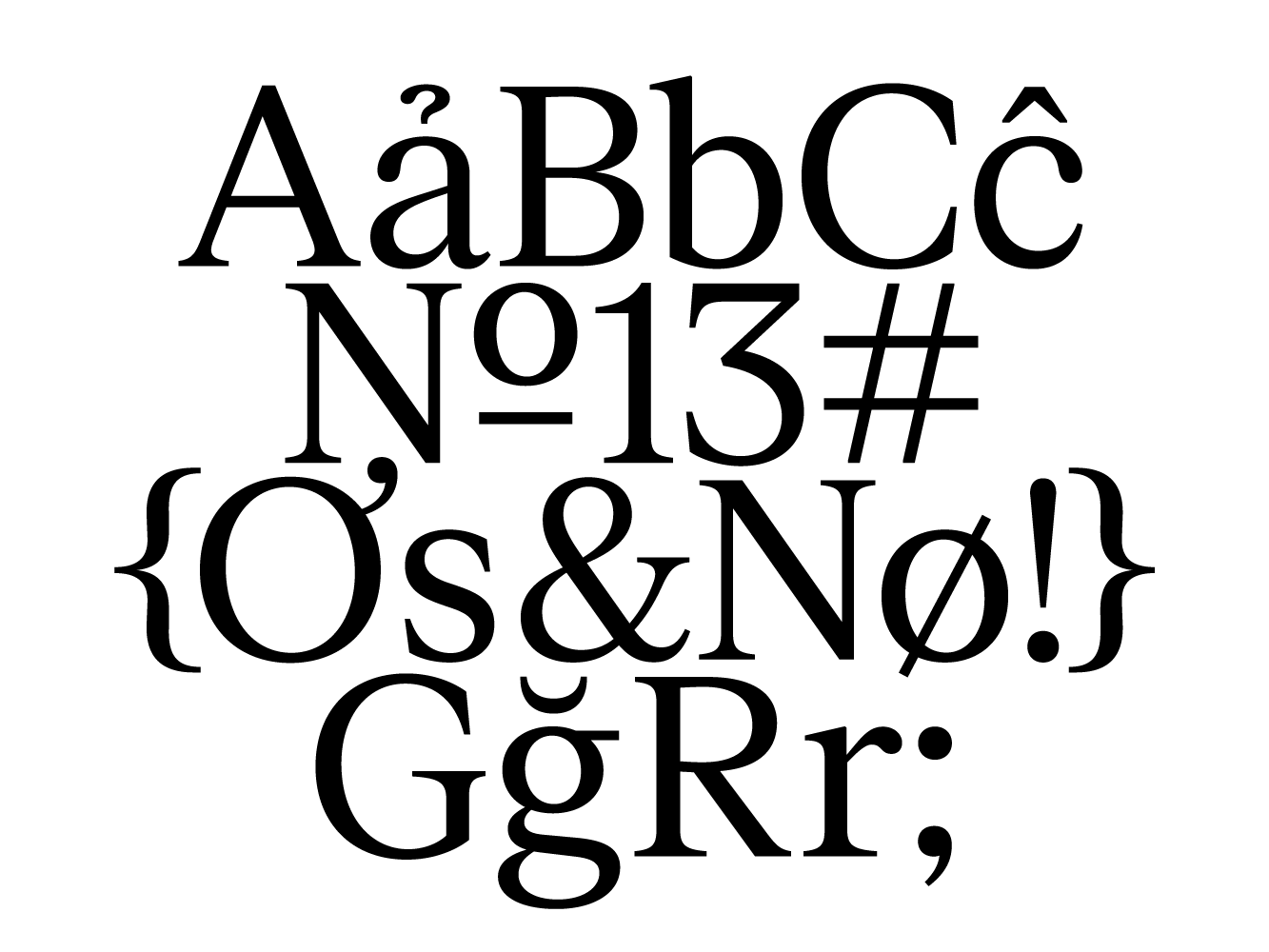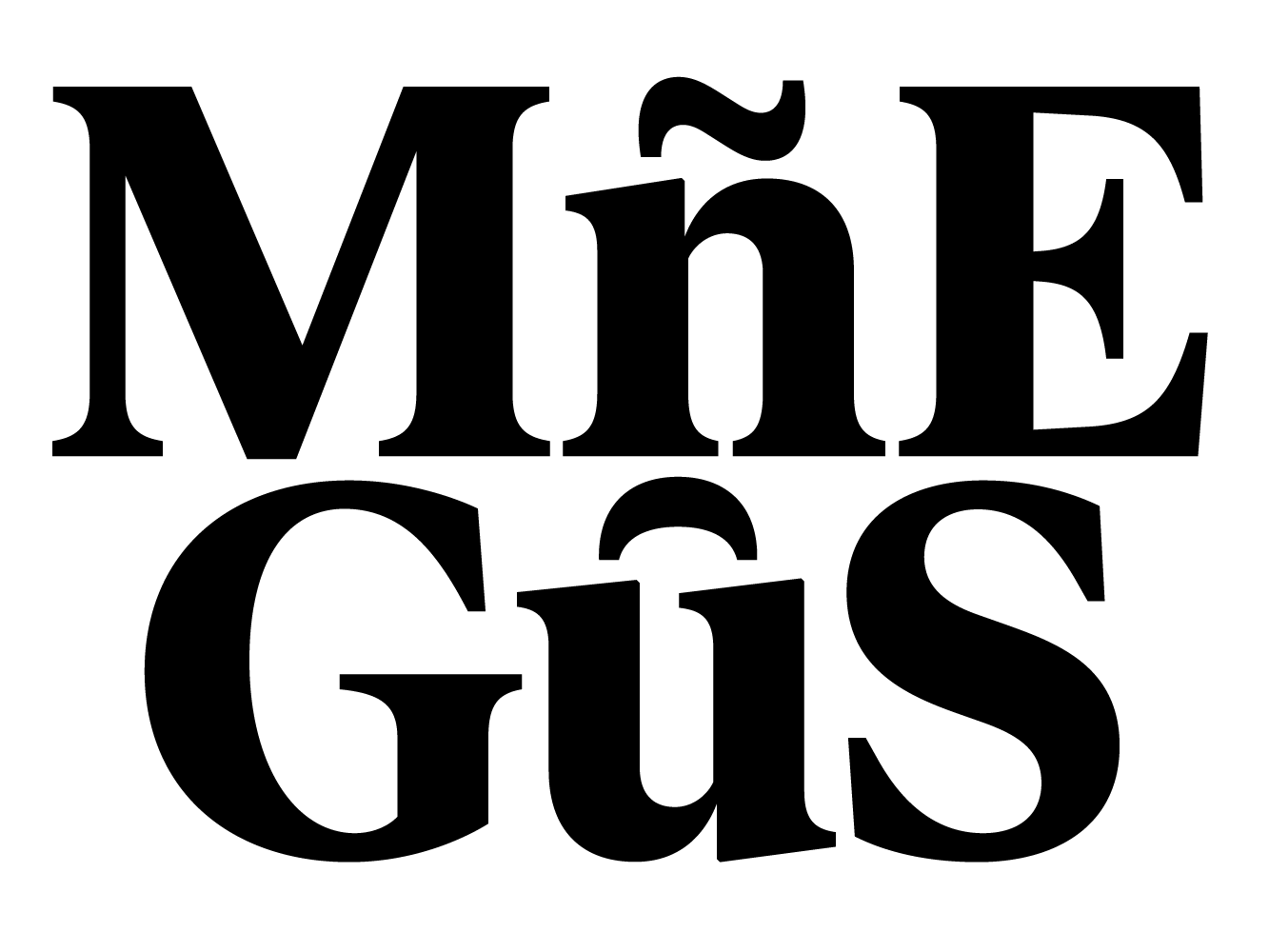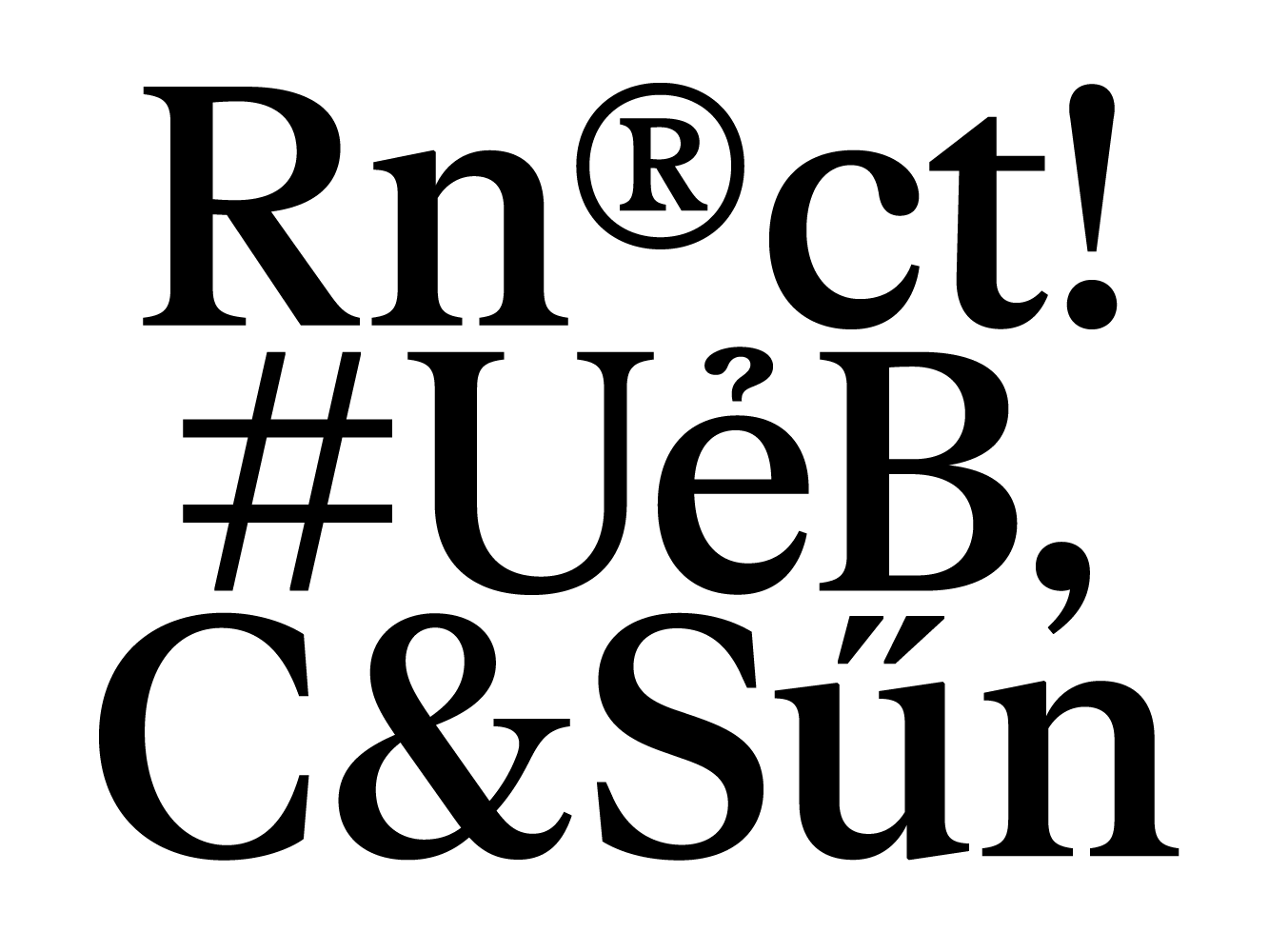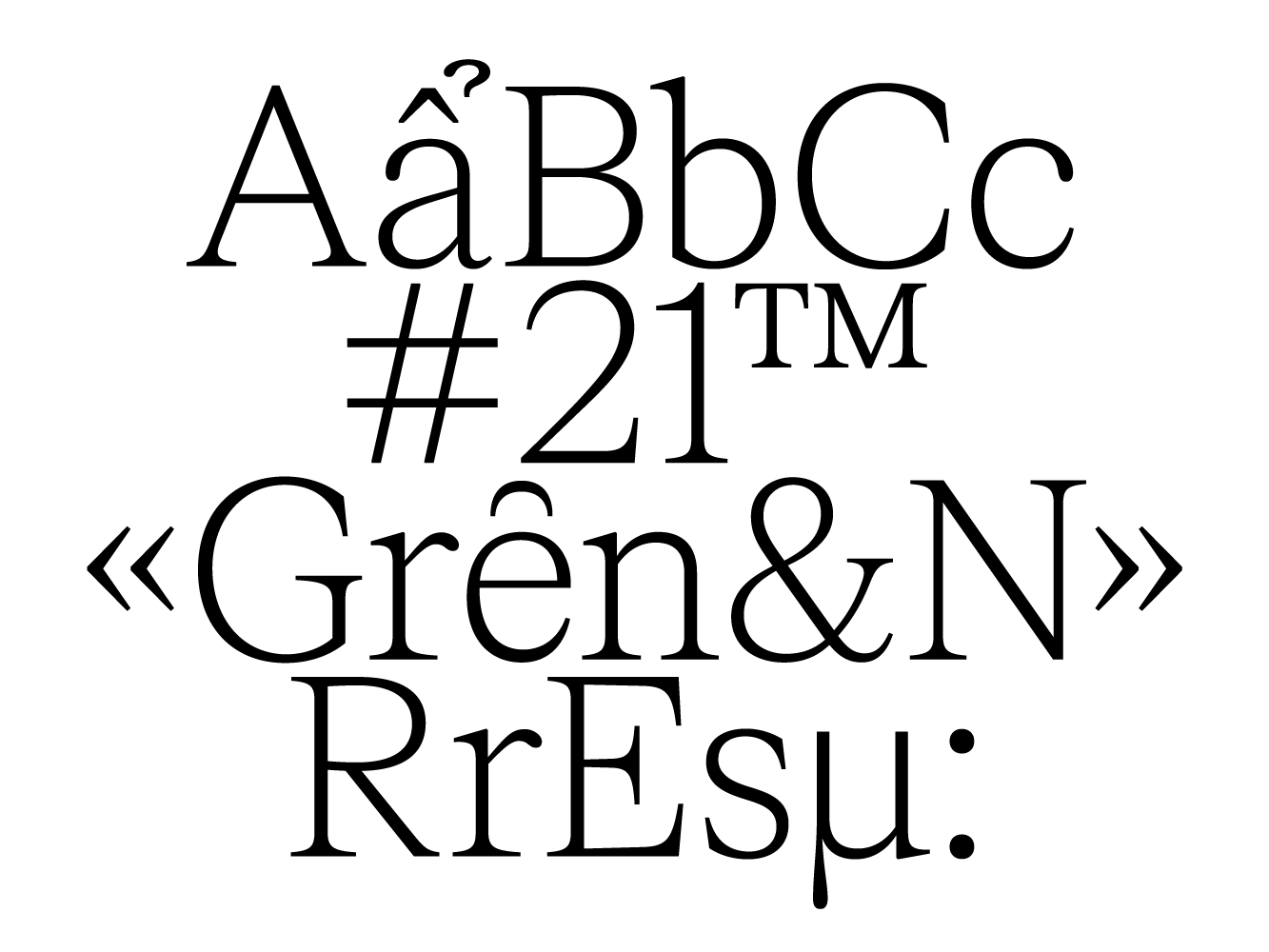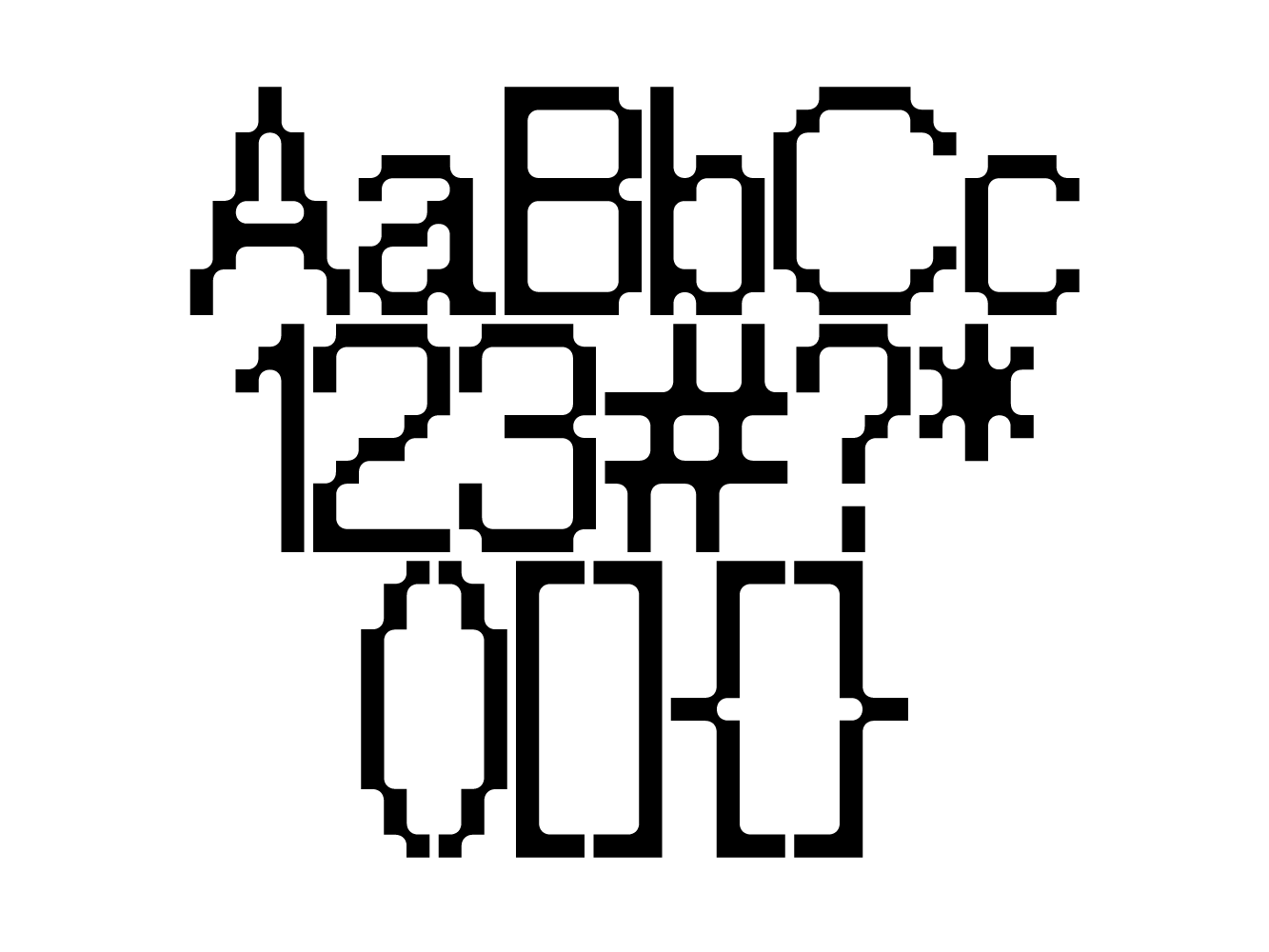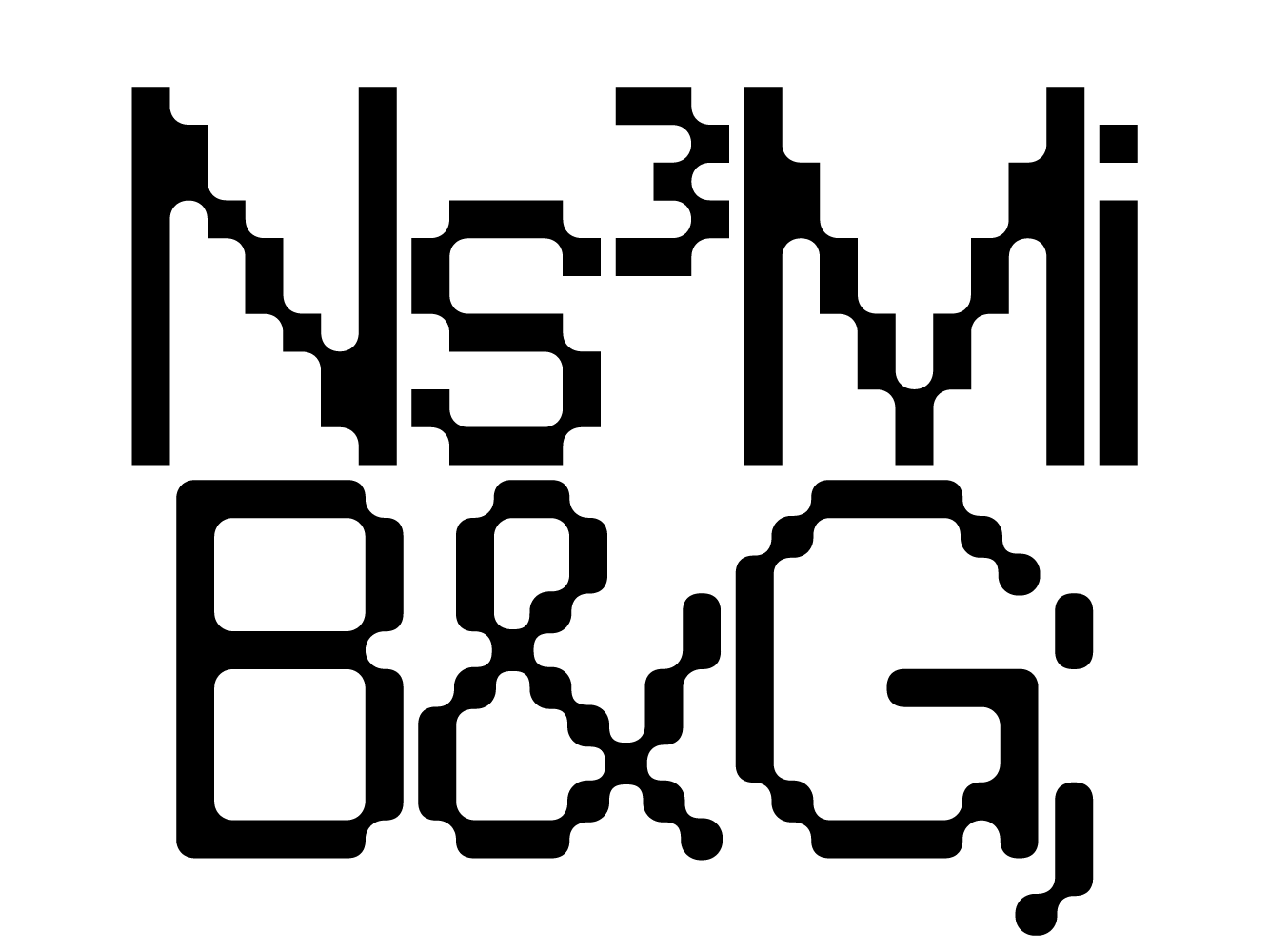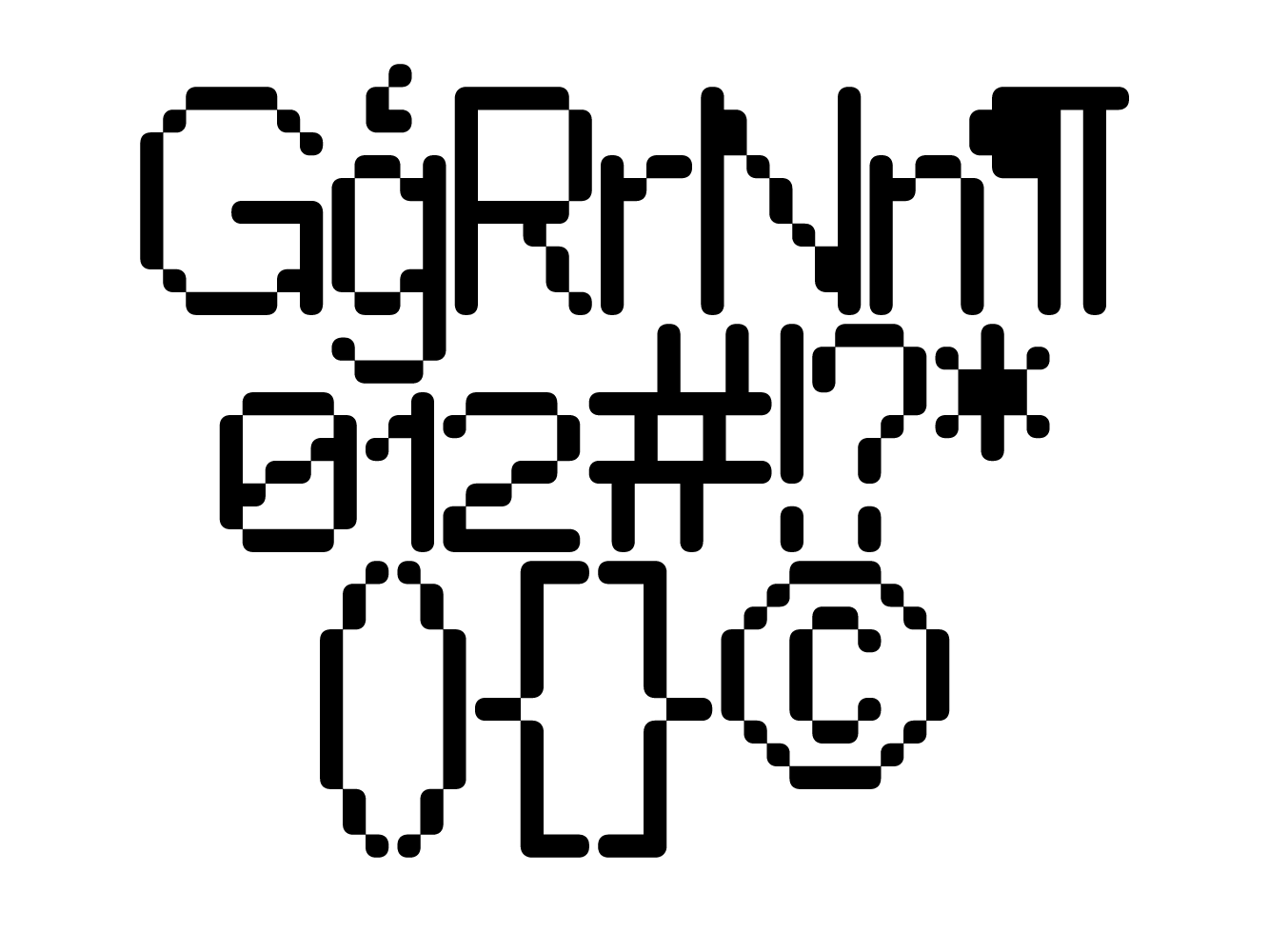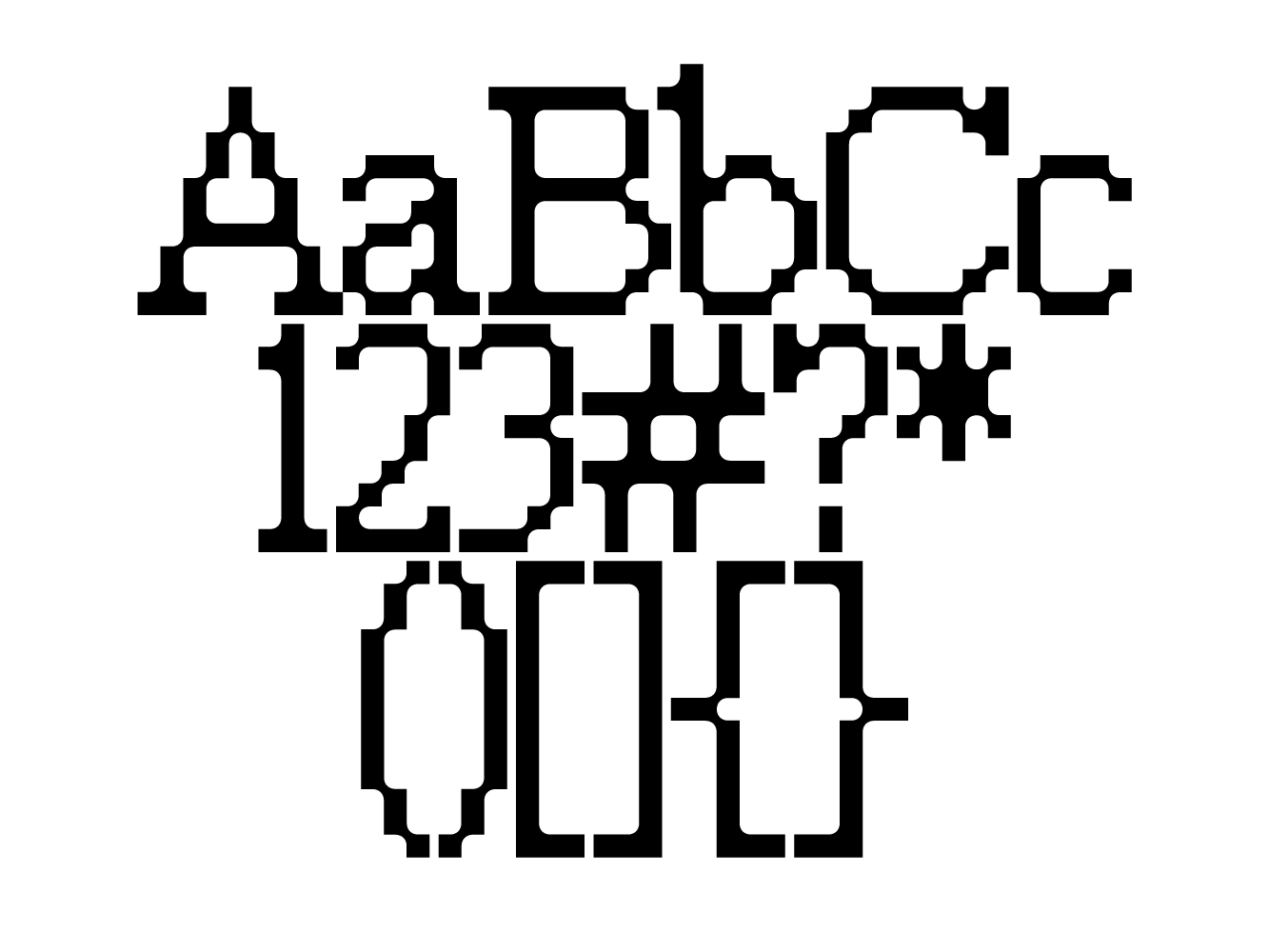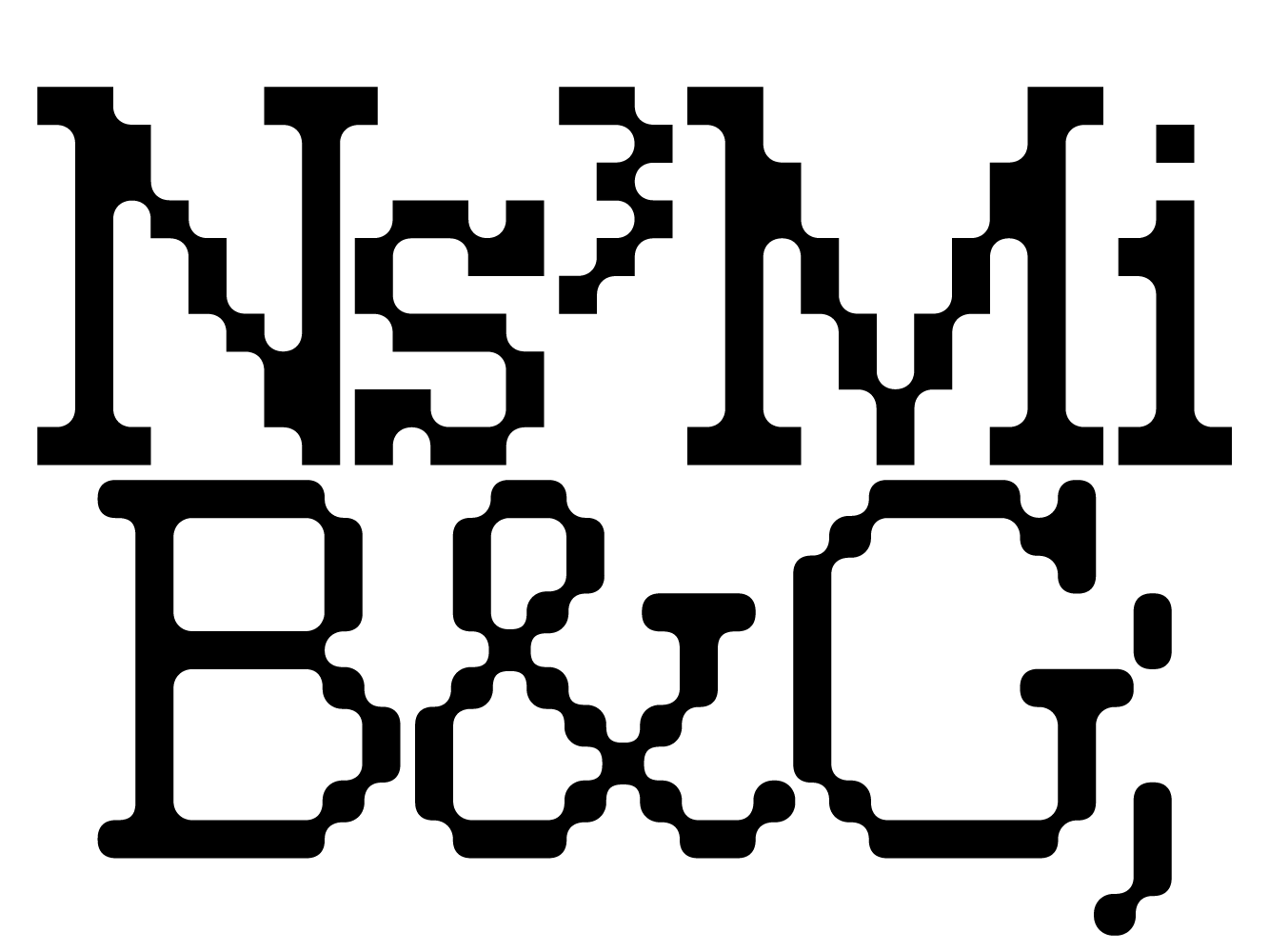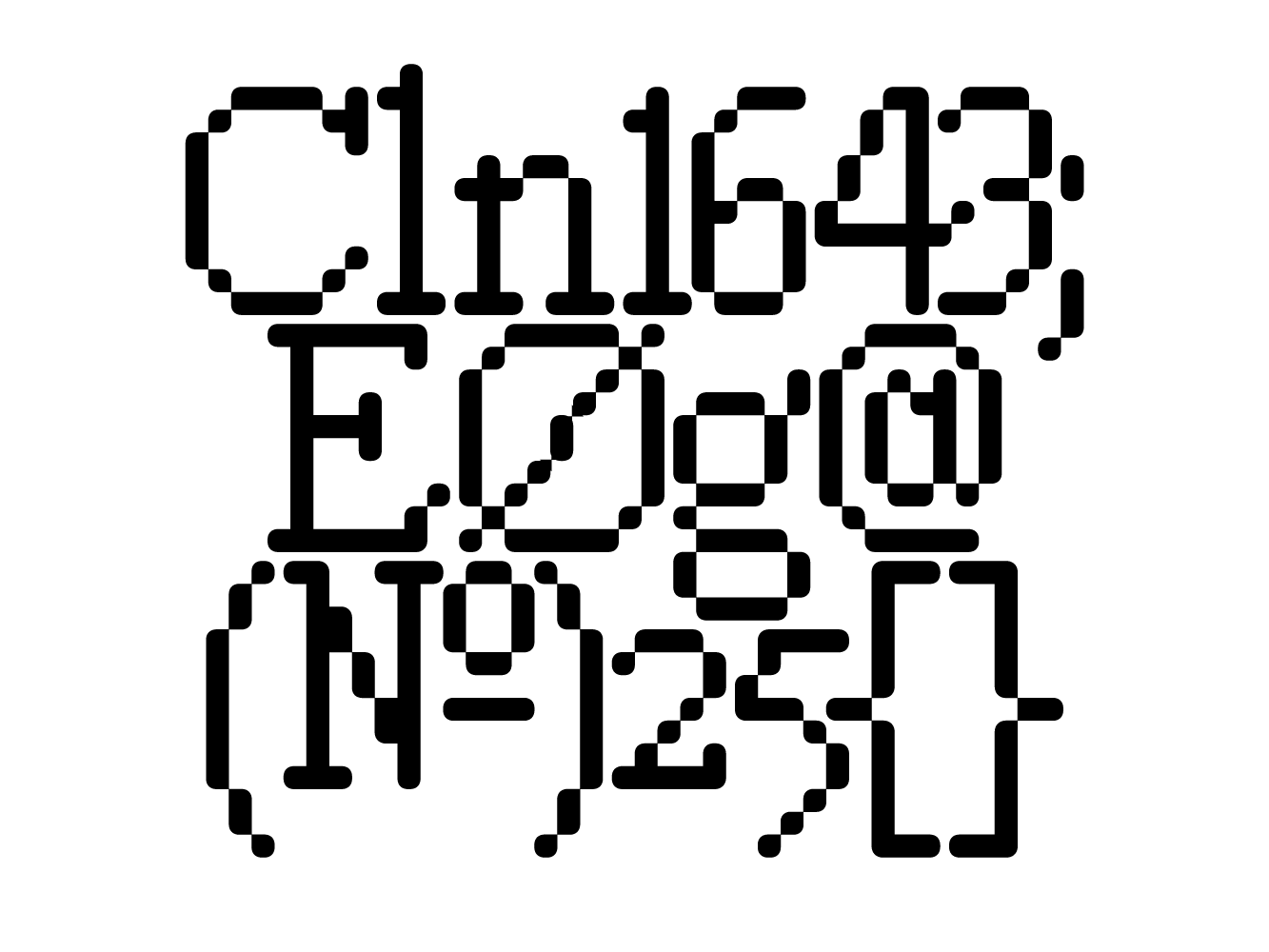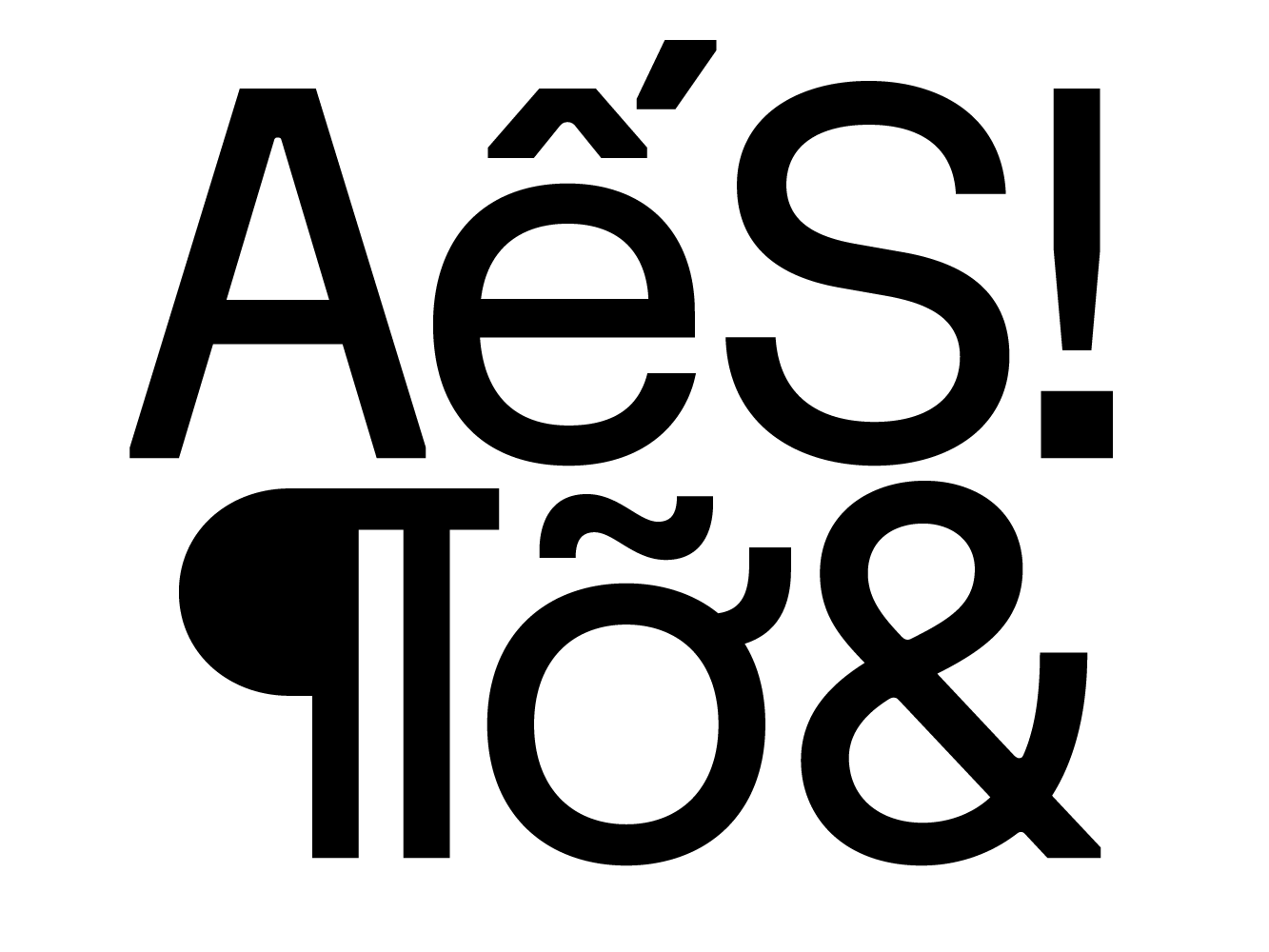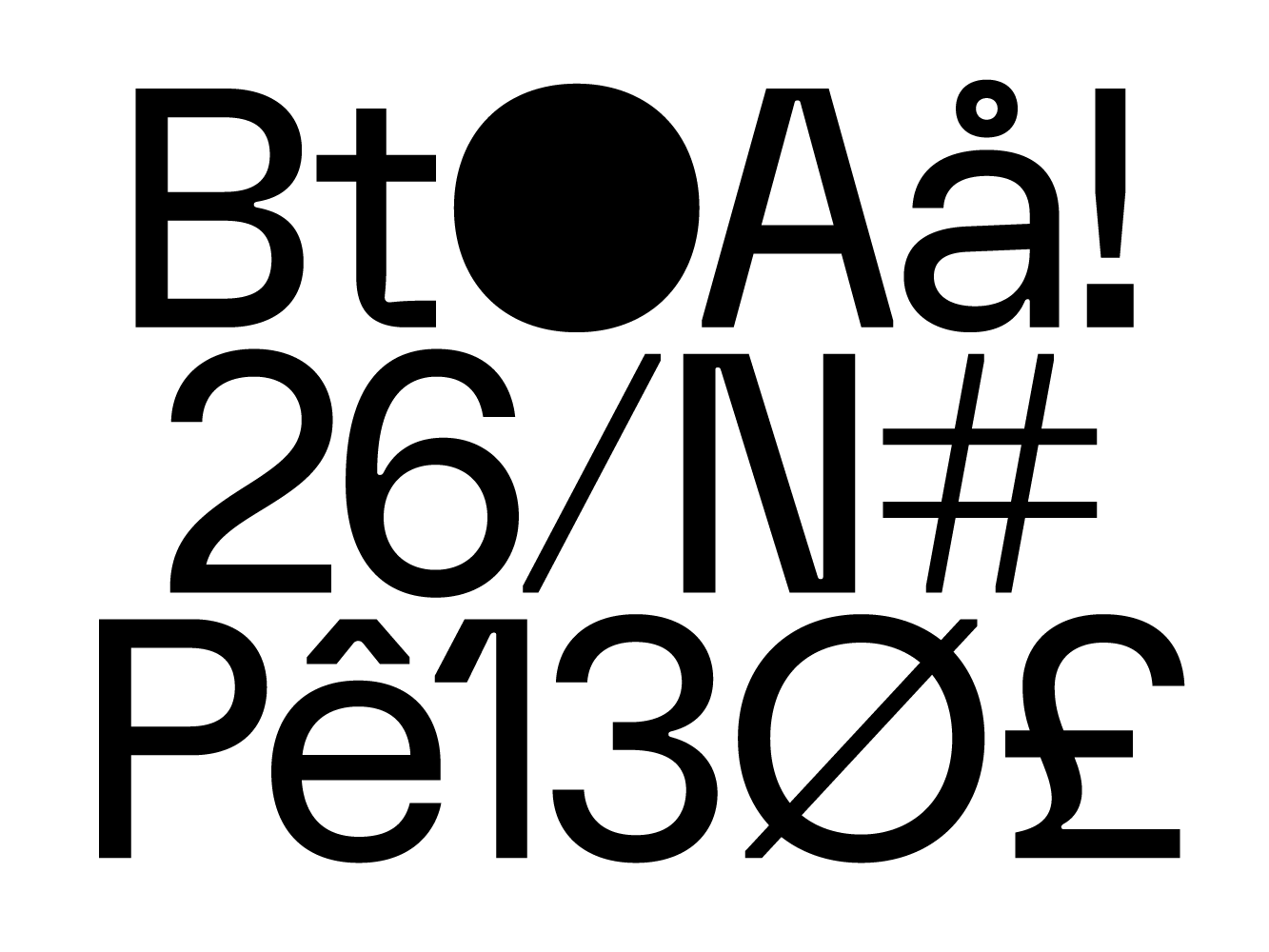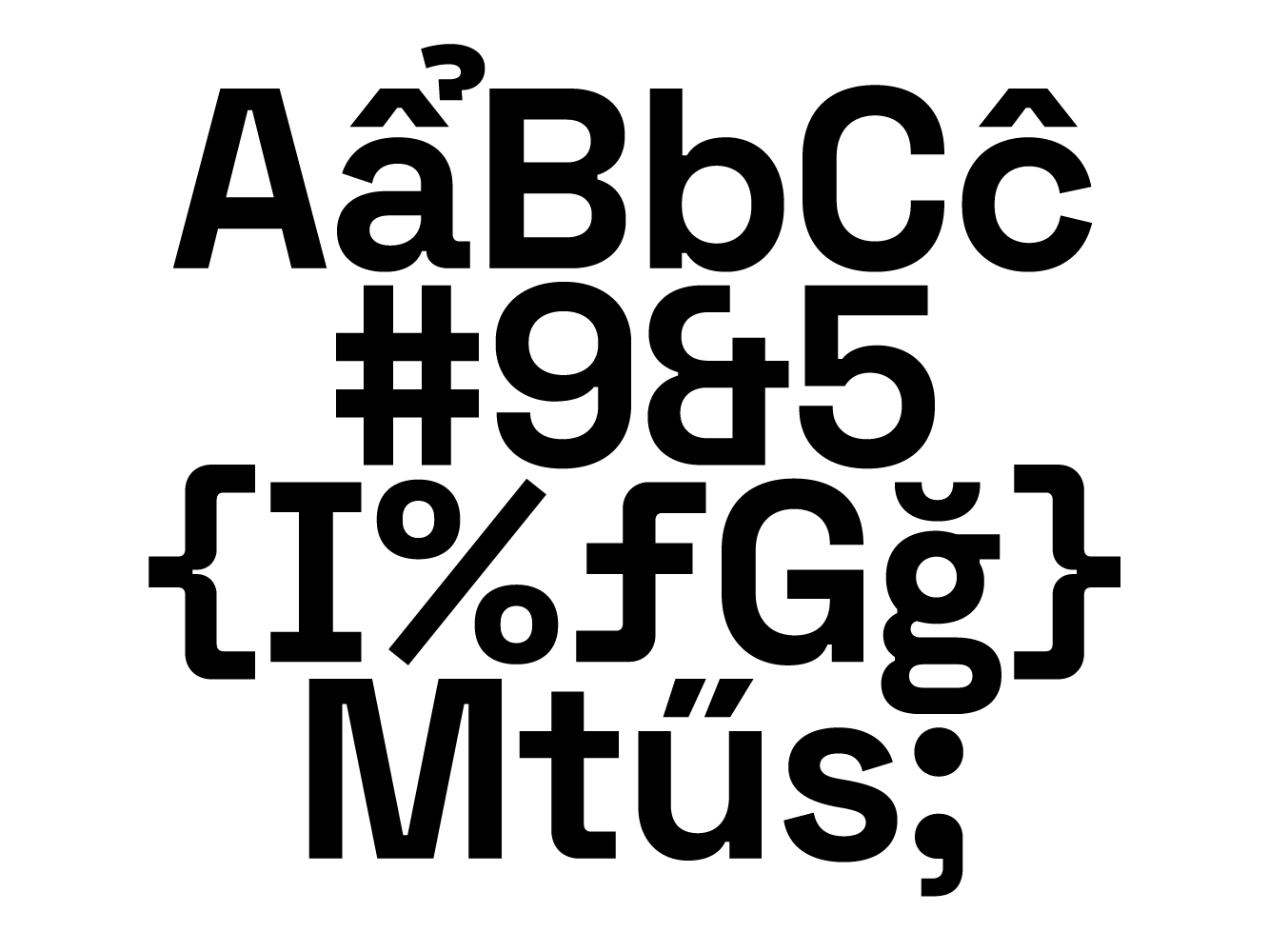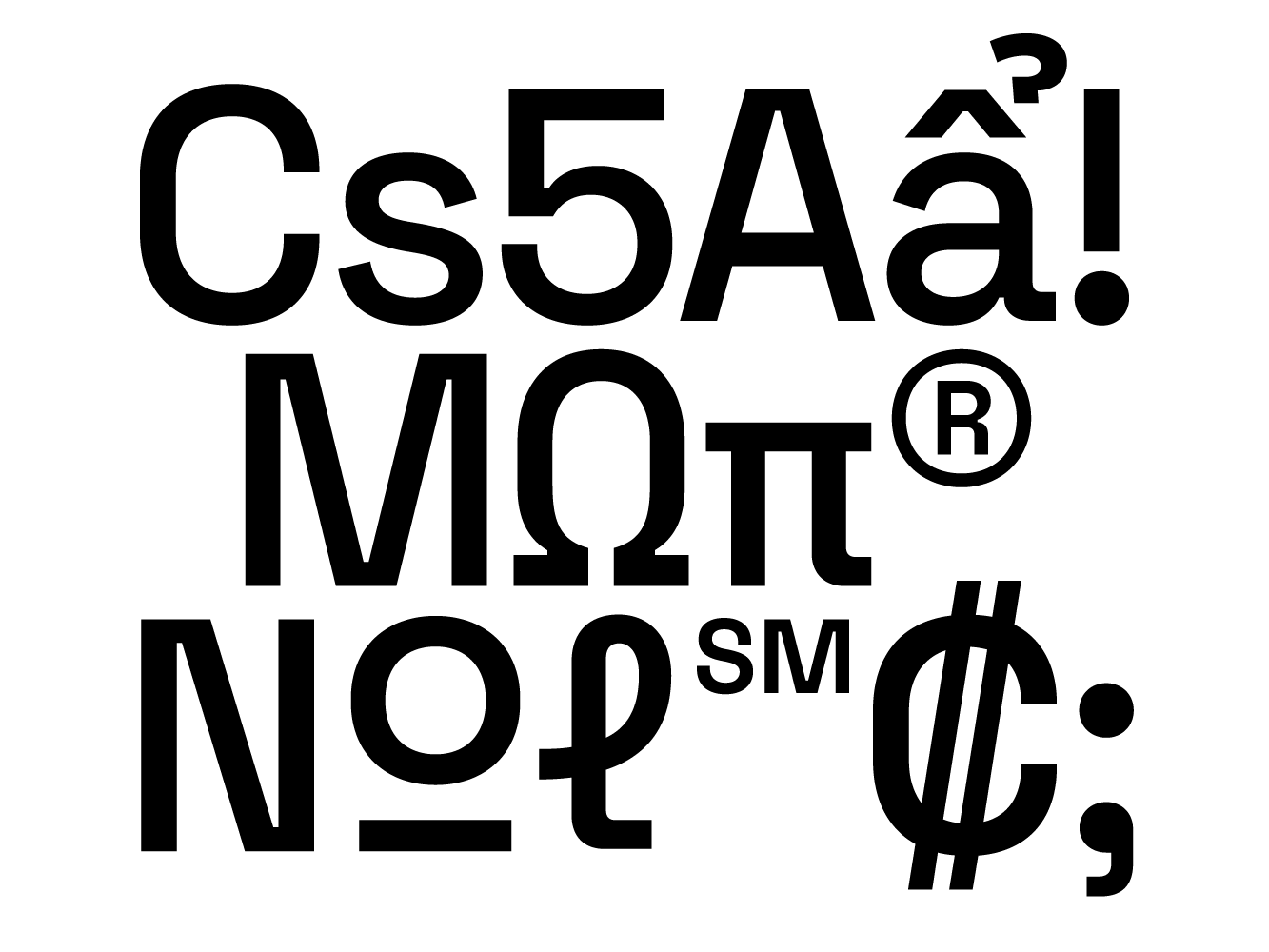Space Grotesk is a proportional sans-serif typeface variant based on Colophon Foundry's fixed-width Space Mono family (2016). Originally designed by Florian Karsten in 2018, Space Grotesk retains the monospace's idiosyncratic details while optimizing for improved readability at non-display sizes.
Space Grotesk includes Latin Vietnamese, Pinyin, and all Western, Central, and South-Eastern European language support, as well as several OpenType features (old-style and tabular figures, superscript and subscript numerals, fractions, stylistic alternates). For complete specs see typeface specimen.
- Designer
Květoslav Bartoš
- Publisher
Florian Karsten Typefaces
- Original typeface
Space Mono (Colophon Foundry)
- Release date
January 2018 (1.0.0), October 2020 (2.0.0)
- Version
2.0.0
- Formats
OTF, TTF (variable), WOFF, WOFF2
- Glyphs
573
- OpenType features
Standard Ligatures, Case Sensitive Forms, Fractions, Numerators, Denominators, Scientific Inferiors, Superscript, Subscript, Oldstyle Figures, Lining Figures, Proportional Figures, Tabular Figures, Slashed Zero, Stylistic Sets (SS01–SS04)
- Language support
Afrikaans, Albanian, Asturian, Azerbaijani, Basque, Bemba, Bosnian, Breton, Catalan, Cornish, Croatian, Czech, Danish, Dutch, English, Esperanto, Estonian, Faroese, Fijian, Filipino, Finnish, French, Frisian, Friulian, Galician, Ganda, German, Hungarian, Icelandic, Indonesian, Irish, Italian, Kinyarwanda, Klingon, Latvian, Lithuanian, Luxembourgish, Makhuwa, Maltese, Norwegian, Polish, Portuguese, Romanian, Romansh, Sango, Scottish Gaelic, Serbian, Shona, Slovak, Slovenian, Somali, Spanish, Swahili, Swedish, Swiss German, Turkish, Uzbek, Vietnamese, Welsh, Zarma, Zulu
- Licensing
Released under SIL Open Font License, as a modified version of Space Mono (2016, Colophon Foundry & Google Fonts).
- Download Typeface


